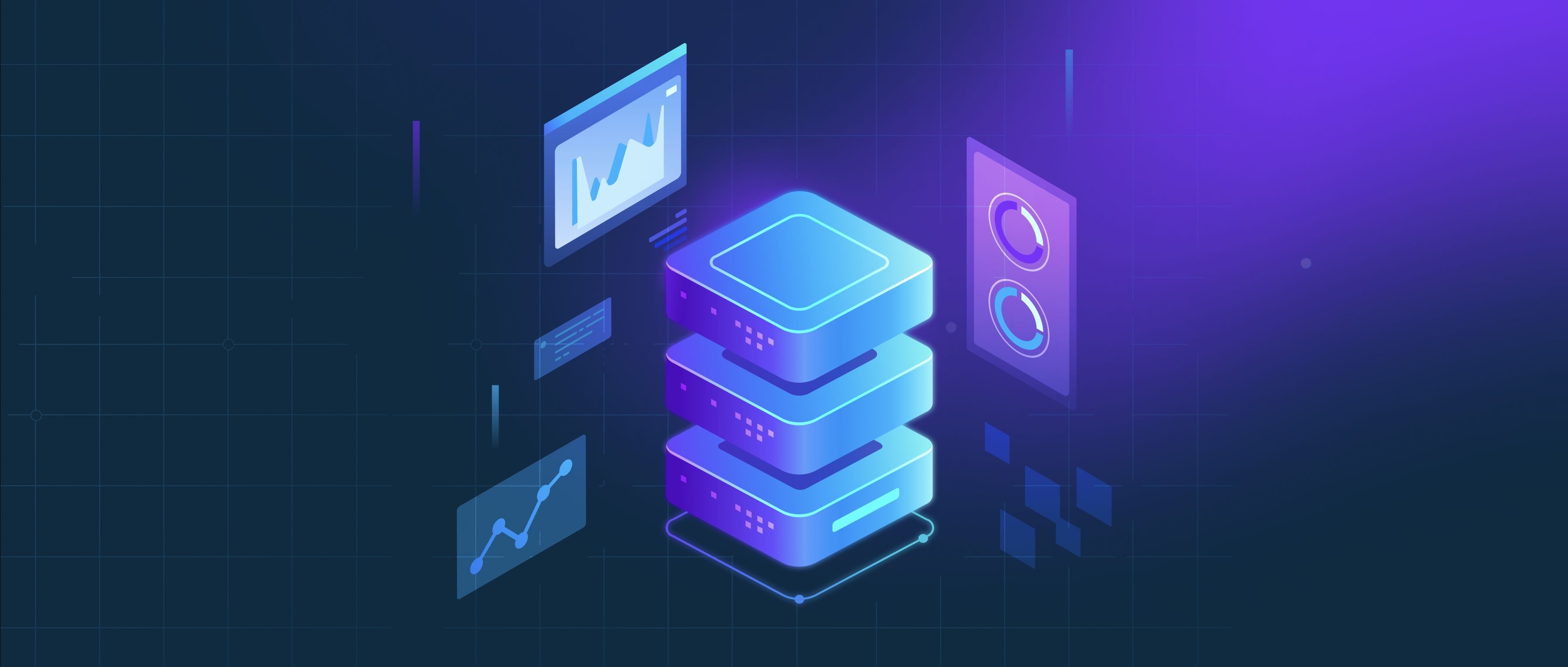The advantage function in reinforcement learning (RL) is a key concept used to evaluate the relative performance of an action compared to the average action taken in a given state. It helps to address the question of how much better or worse a specific action is compared to the expected outcome of taking an action in that state. By calculating the advantage, we can focus on the actions that lead to better-than-expected results, allowing for more targeted learning and improved policy updates. The advantage function is typically defined as (A(s, a) = Q(s, a) - V(s)), where (Q(s, a)) is the action-value function and (V(s)) is the state-value function.
Using the advantage function can lead to faster and more effective learning in RL algorithms. For example, consider an agent playing a game where it can choose various actions to win points. By using the advantage function, the agent can identify actions that result in higher scores than it generally expects based on past experiences. This differentiates successful actions from less effective ones and helps the agent adjust its strategy more rapidly. For instance, when using algorithms like Advantage Actor-Critic (A2C), the advantage function plays a central role in updating both the policy and value functions based on the experience of the agent.
In summary, the advantage function is a valuable tool for reinforcement learning that assesses how much better an action is compared to the norm for a specific situation. By focusing on the differences between expected and actual outcomes, it enables the agent to learn more efficiently. When implemented correctly, it can significantly enhance the learning speed and performance of RL algorithms, making it easier to optimize decision-making in complex environments.
